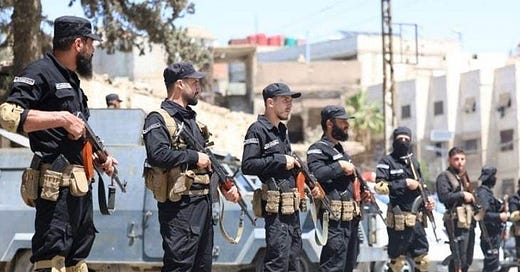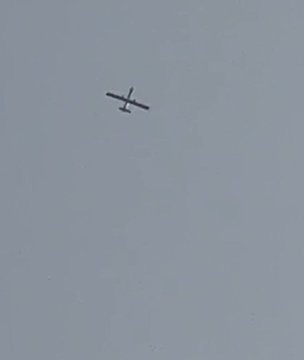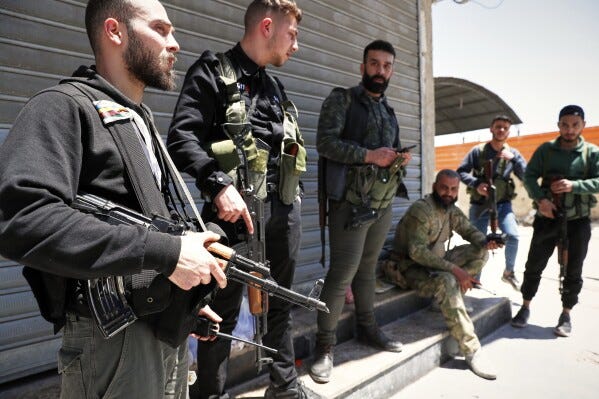
Fresh sectarian violence has erupted in Sahnaya and Jaramana, just south of Damascus, as Sunni hardliners clashed with armed Druze groups following the circulation of an audio recording allegedly featuring a Druze man insulting the Prophet Muhammad. The fighting has left over a dozen people dead, with police and army forces struggling to contain the unrest.
The situation has further escalated as IDF fighter jets reportedly flew at low altitudes over Damascus, Sahnaya, and Jaramana, accompanied by reports of strikes in the area. The Syrian army and internal security forces have since mobilized, but tensions remain dangerously high.
Although Druze communities exist in both Sahnaya and Jaramana, they are minorities in these towns—prompting fears among locals and analysts that Israel may be exploiting the instability to promote the formation of a Druze enclave or even secession along the Israeli-Syrian border.
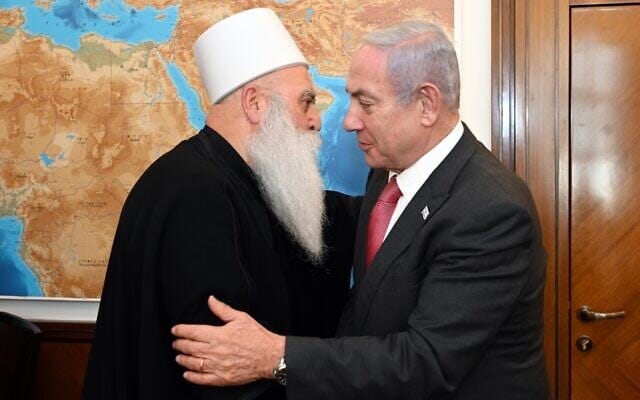
Compounding the tension is mutual distrust between communities: many Sunnis remain wary of the Druze, especially given the Druze community’s presence in the Israeli military (IDF), while many Druze see the new Turkish-backed government in Damascus under Ahmed Al Sharaa as a threat to their autonomy—evoking memories of Ottoman repression.
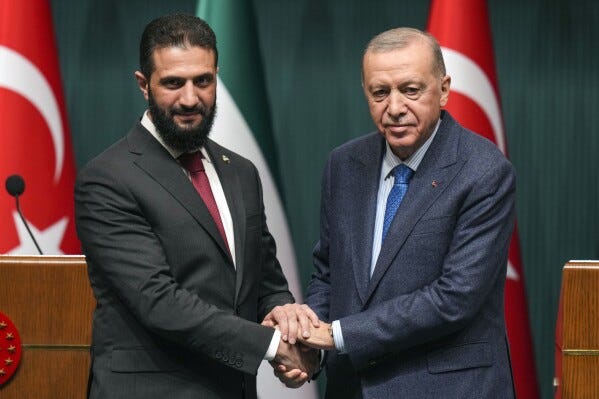
Historically, the Druze have been resistant to centralized control, clashing with the Ottoman [Turkish] Empire in Mount Lebanon and southern Syria throughout the 19th century. These confrontations, including during the 1860 Druze-Maronite conflict, led to Ottoman crackdowns and long-standing perceptions of the Druze as rebellious. Apparently, while the Turkish word Dürzi is officially neutral, in slang it can also imply "outlaw" or "rebel" to some—reflecting the lingering legacy of Ottoman-era marginalization and sectarian suspicion.

Despite this history, the Druze largely stayed neutral during the Syrian civil war, with most of their military service in the Syrian Arab Army (SAA) focused on defending their own areas. Still, that neutrality didn’t shield them from violence: Druze civilians were massacred by extremist Sunni groups in Idlib and Sweida, deepening collective fear and trauma.
Now, both sides appear to be mobilizing for a possible showdown, raising fears of wider conflict. Disarming sectarian militias—whether Druze, Sunni, or others—is increasingly seen as a necessary but daunting challenge for lasting peace. What’s unfolding in Syria offers urgent lessons for other fractured states like Yemen and Sudan, where sectarianism, foreign intervention, and local grievances continue to fuel endless cycles of war.
This marks yet another challenge for the transitional government of President Ahmed Al-Sharaa, who is still grappling with the aftermath of the unrest along the Latakia coast in the west and ongoing tensions with the Kurds in the north. Syrian officials and Druze leaders have issued calls for calm, urging communities not to fall into the trap of sectarian escalation. Yet with drones in the sky, distrust on the ground, and regional actors circling, many fear the worst is still to come.

